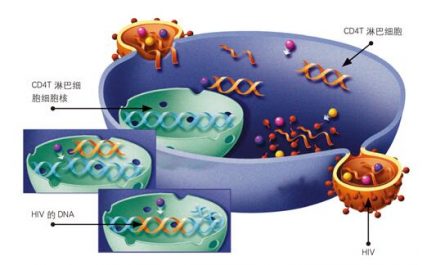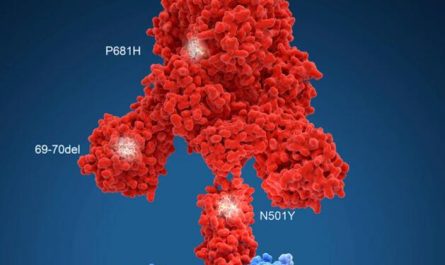According to reports, some condiments in kitchen cabinets can only make food more delicious, but people usually do not think that they will make solar cells more efficient. In this regard, solar cell scientist Jon Mahor explained the mystery…
Researchers found that pepper contains a chemical substance-capsaicin, which can improve perovskite-type solar cells, which are part of solar panels. Researchers found that pepper contains a chemical substance-capsaicin, which can improve perovskite-type solar cells, which are part of solar panels.
These food ingredients are very common. Recently, researchers discovered that pepper contains a chemical substance-capsaicin, which can improve perovskite-type solar cells, which are part of solar panels.
The addition of capsaicin will swell the active material particles of the solar cell, enabling it to transport electricity more effectively. The important thing is that the material can change from a lack of electrons to a surplus of electrons, which changes the way the battery works and can convert more sunlight into electricity. Essentially, adding capsaicin will increase electrons, which may be similar to the feeling of tongue tingling after everyone has eaten the extra spicy chili sauce.
This capsaicin-containing battery is believed to have high-efficiency electricity. In fact, this method of adding pepper extract is a way to enhance the performance of solar cells, not for grandstanding.
But why do people think of adding peppers to solar cells? Unfortunately, the researchers did not share their thinking experience, perhaps this is just a chance discovery.
In 2014, Mahor published a research paper that pointed out that a compound called magnesium chloride can significantly reduce the cost of solar cells (this is a different type of cell from perovskite-type solar cells). Have you heard of magnesium chloride? Vegetarians may have eaten it before.
Magnesium chloride can be extracted from seawater. It has many uses, but the most popular one is in Japanese cuisine. It is called bittern. It acts as a coagulant for the thickening effect of tofu. “Solar energy” related reports. Magnesium chloride can be extracted from seawater. It has many uses, but the most popular one is in Japanese cuisine. It is called bittern. It acts as a coagulant for the thickening effect of tofu. “Solar energy” related reports.
This is a salt substance that is not much different from table salt (sodium chloride). It can be extracted from seawater. It has many uses, but the most popular is in Japanese cuisine. It is called bittern. As a coagulant for the thickening effect of tofu, this discovery caused media reports on “Tofu Solar”.
Does this mean that food chemicals can be well transferred to solar cell research? Not true, this coincidence is more of an overlap between food and chemistry, and has guided many materials scientists to explore how the substance is applied to solar cells.
You can think that most solar cell research is done by physicists, which is correct to a certain extent, but this research method is consistent with the research done by particle physicists at the Large Hadron Collider or cosmology. Research has little in common, and the above fields usually revolve around heavy calculations and theoretical work.
Solar cell research is actually a material science problem between physics and chemistry. The development of new solar cell technology or related processes is a very labor-intensive task. The typical method is to spend a lot of time testing a large number of similar but slightly changed The performance of the battery design. Solar cells are stacked from different materials, and it is difficult to predict how changing one module will affect the performance of the entire structure.
If researchers add a substance to the solar cell A layer, the A layer may change, and the B, C, and D layers may also change. Similarly, if the C layer is changed, how do you need to change the A layer or the B layer? ? How will this process change layer D? People may think this is a very strange thing, and unpredictable, which will stimulate researchers’ curiosity about innovation in this field.
We should not be surprised if more compounds are found in food to be put into solar cells in the future, because they are usually organic compounds with useful properties. We should not be surprised if more compounds are found in food to be put into solar cells in the future, because they are usually organic compounds with useful properties.
Think of a solar cell as a cake. If you want to know what happens when you add a new ingredient, you bake it and then sample the final mixture. This is far more reliable than trying to predict its appearance and taste.
In the end, the food we eat is like solar cells, a mixture. Although we know the existence of capsaicin from peppers, it is actually only an organic compound. Coincidentally, it has special properties and is suitable for use. For solar cell processing, it can also be used as a seasoning.
Mahor said that, as far as I am concerned, I have invented the method of using magnesium chloride to make tofu. It was not until I wrote this paper that I discovered that it was used on tofu. Unfortunately, I was on the vegetarian shelf Not inspired by the above. So, these methods are not as weird and weird as they sound when you first read them. There is usually some initial logic based on the inherent chemical substances of these compounds, and these science fictions often lead to more interesting breakthroughs.






